
April and September are two of the busiest months of the year in the vegetable garden. In April we are setting out the summer garden and now, in September, we are installing the plants that will sustain us over the winter months.
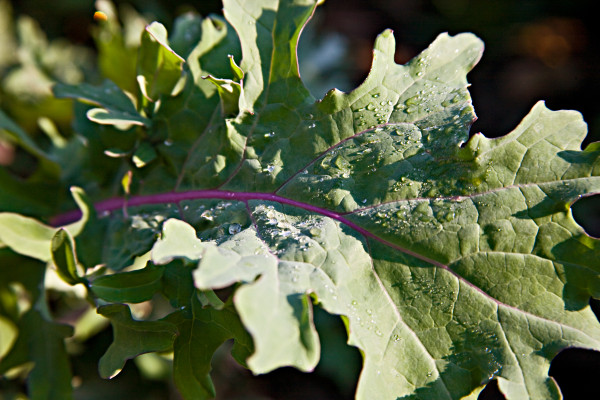
Traditionally in the 18th century, it was the winter garden that most families could rely on as it required far less care than the garden grown during the heat of summer. A winter garden is seldom plagued by insect pests, there is very little weeding required and, most importantly, the winter garden, once established, seldom requires watering. It is this most onerous task that frustrates most families from keeping the summer vegetable garden. We have found, in our relatively small garden, that when the season stays dry, between hauling water from the well to fill the cistern during the day and then putting the water out with watering cans in the evening, about 4,000 pounds of labor is required each and every day to keep the plants from shriveling in the extreme heat of mid-summer, not to mention the toll it takes on the gardener.
Now that the weather has cooled it is time to plant the roots and greens. Just sown are the turnips and winter radishes which join the carrots, parsnips and salsify, sown earlier in the year to reach their perfection in the chill days of winter. Freezing weather not only sweetens the roots but improves the flavor and texture of the greens as well; most notably the collards, kales and turnip greens.
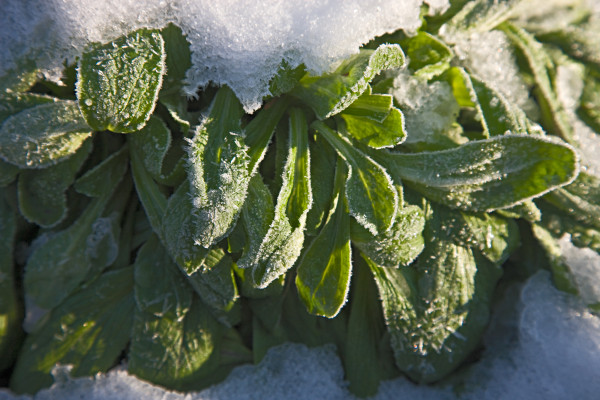
Cabbages, of several varieties, thrive best in cooler weather and are not plagued by the caterpillars that commonly infest the spring planting. Now is also the time to sow the many small salads such as the cresses, mustard, spinach, corn salad and endive that complement the winter feast. The most delicate of the all the greens, however, are the many varieties of lettuce that have just been sown in the frames to mature under glass over the winter months.

Lettuce was a particular favorite of the Virginia colonists as reported by Frances Michel, a Swiss traveler who was in the Williamsburg area from October 1701 until December 1702 and gave this somewhat disparaging assessment in his journal, “The inhabitants pay little attention to garden plants except lettuce, although most everything grows here.” This mirrored the sentiment in England where Stephen Switzer observed of lettuce in 1727: “It ever was, and still continues to be the principal foundation of the universal tribe of sallets.” A distinction it holds to this very day.
Blogger: Wesley Greene
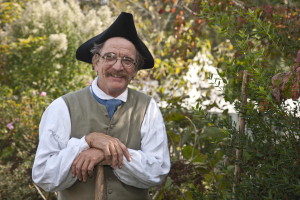 Wesley has spent 30 years researching historic plants and recently shared his findings in his book, Vegetable Gardening the Colonial Williamsburg Way. Wesley studied botany and plant and soil science at the University of Maine. In 1996, he founded the Colonial Garden and Nursery in the Historic Area of Colonial Williamsburg. That’s where you’ll find him in his element, interpreting 18th-century plants, tools, and cultural techniques.
Wesley has spent 30 years researching historic plants and recently shared his findings in his book, Vegetable Gardening the Colonial Williamsburg Way. Wesley studied botany and plant and soil science at the University of Maine. In 1996, he founded the Colonial Garden and Nursery in the Historic Area of Colonial Williamsburg. That’s where you’ll find him in his element, interpreting 18th-century plants, tools, and cultural techniques.

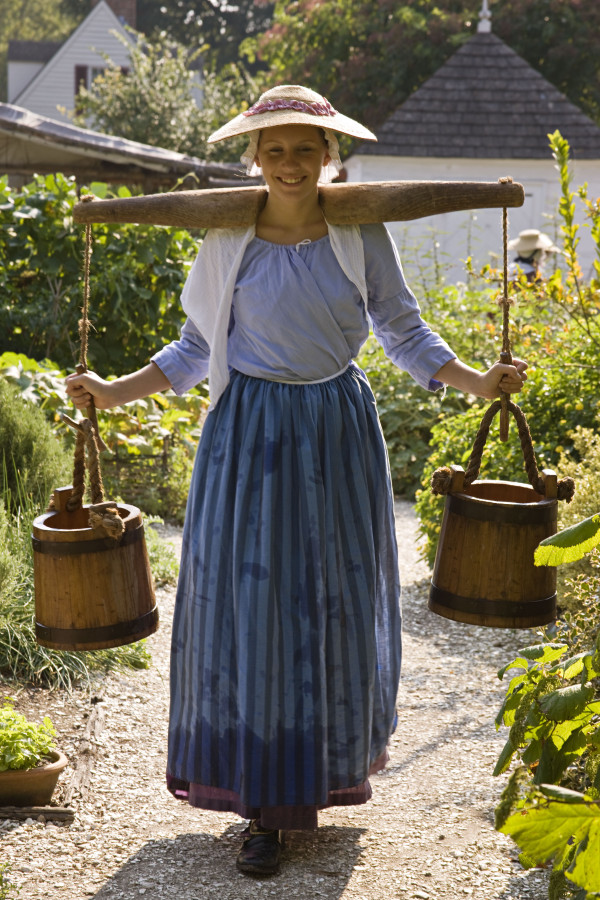
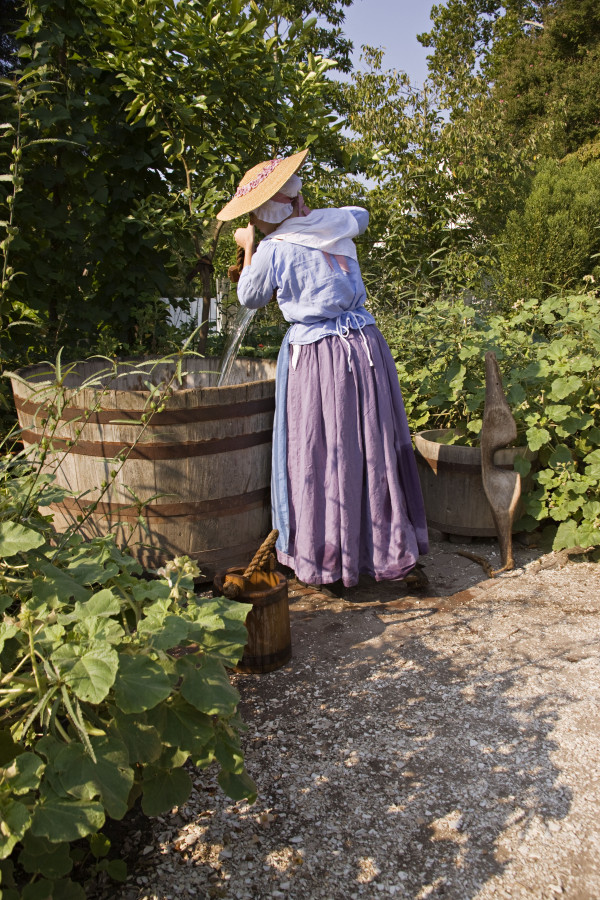

Leave a Reply